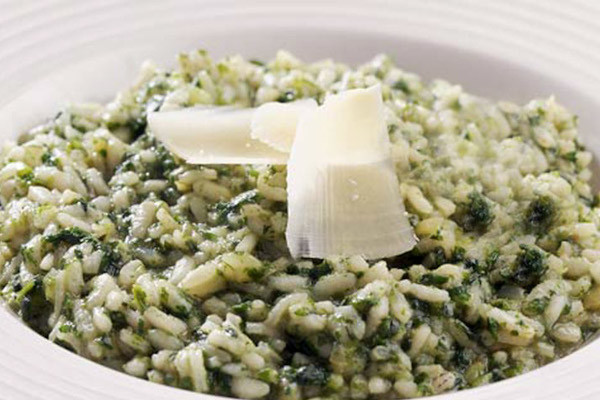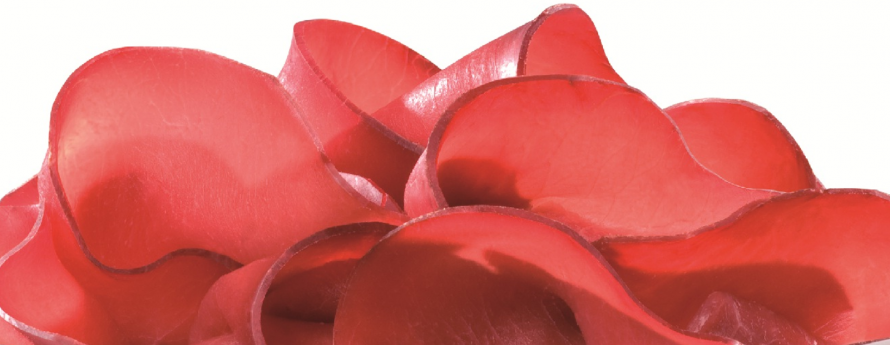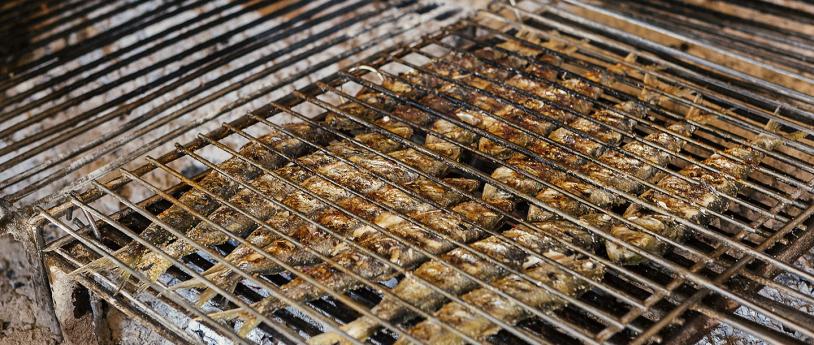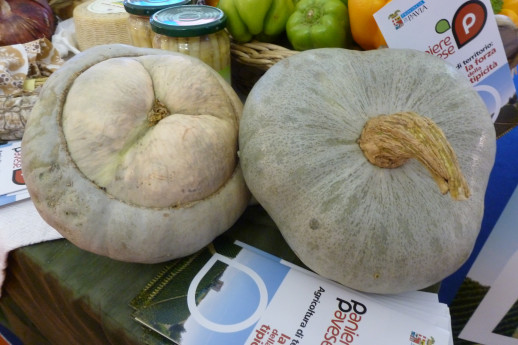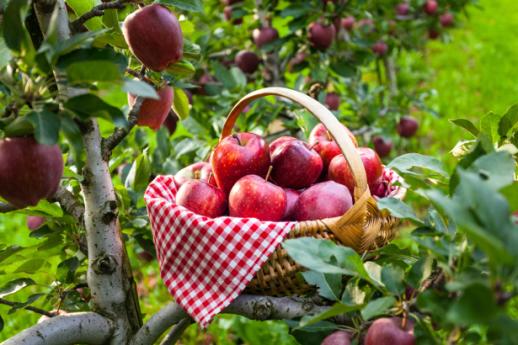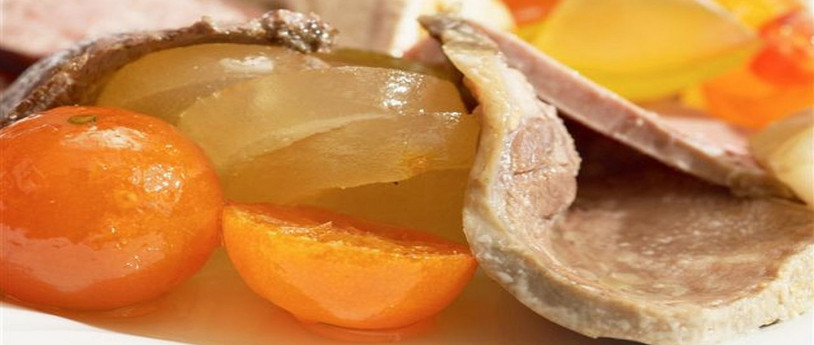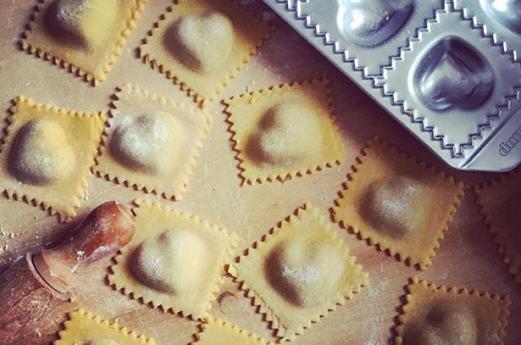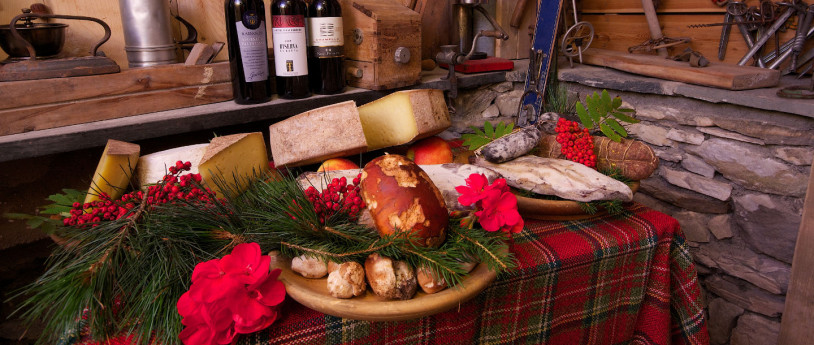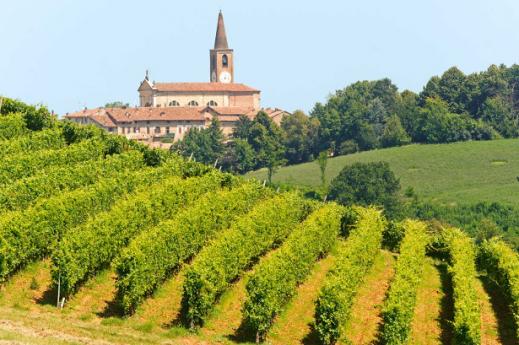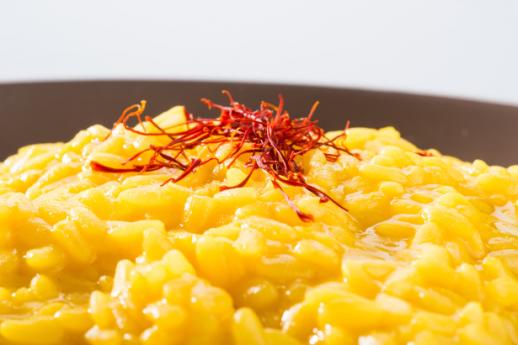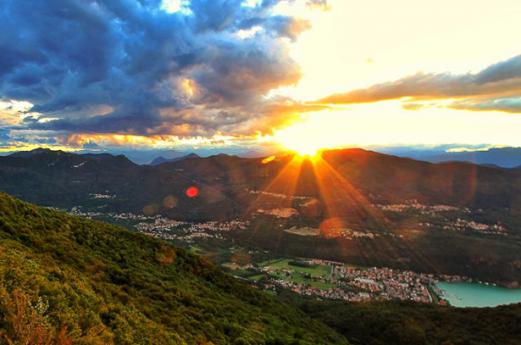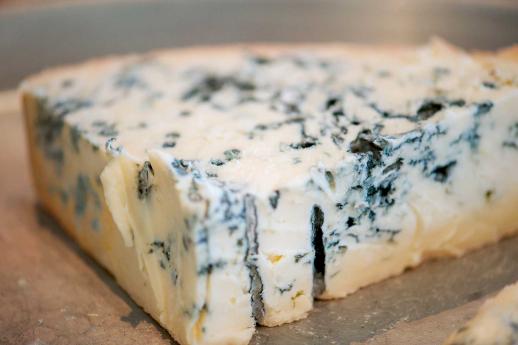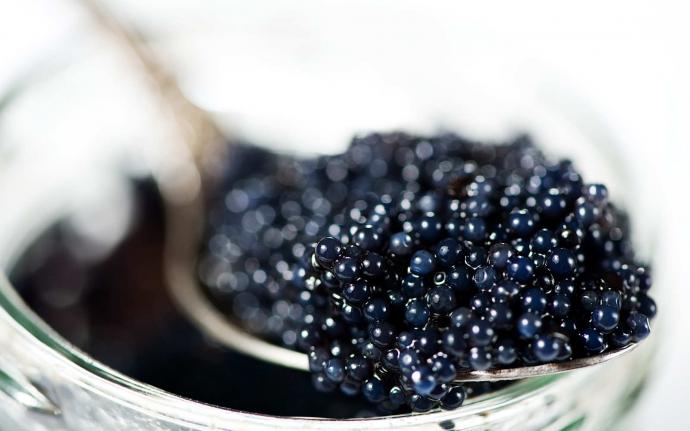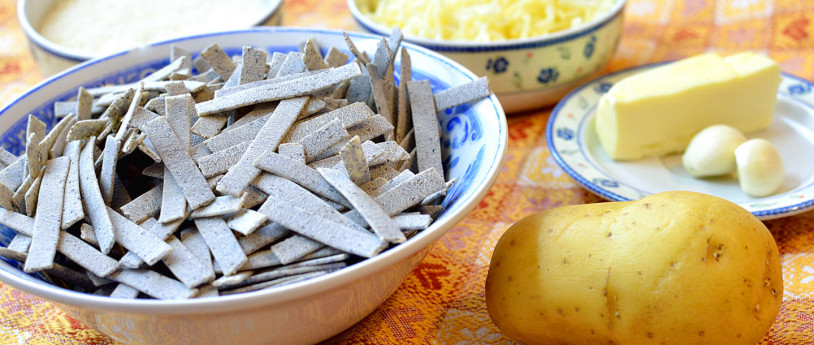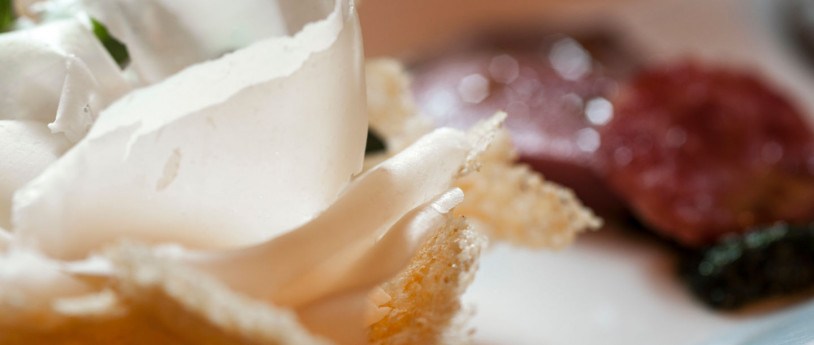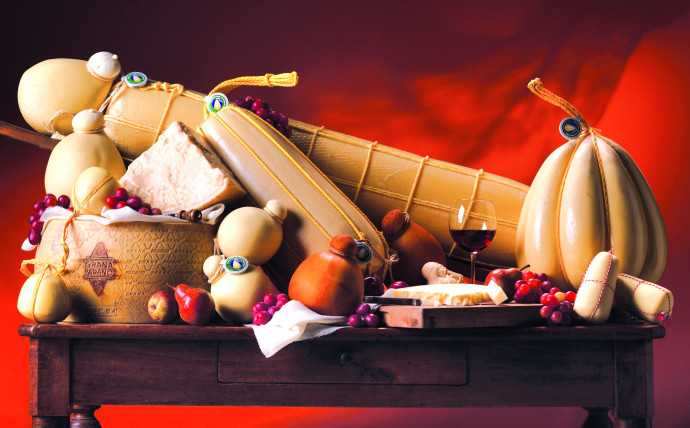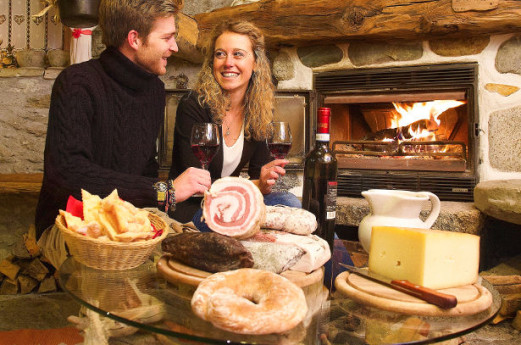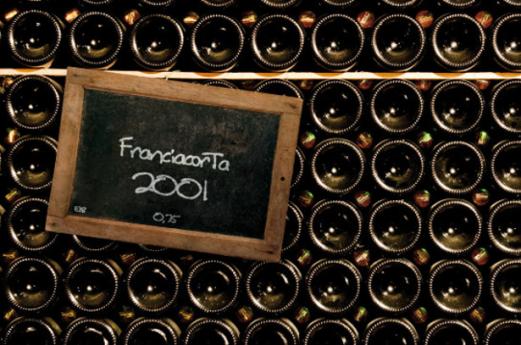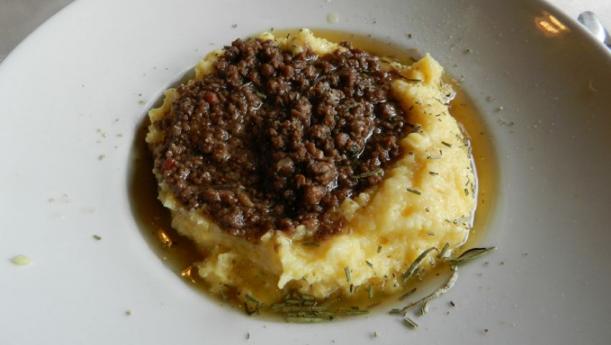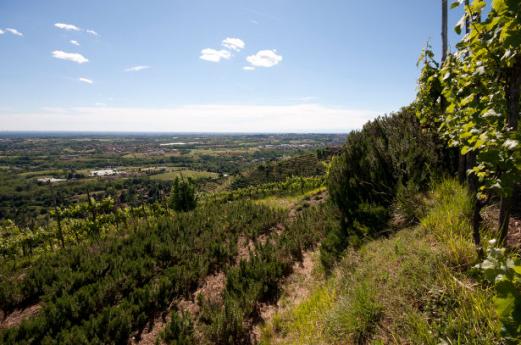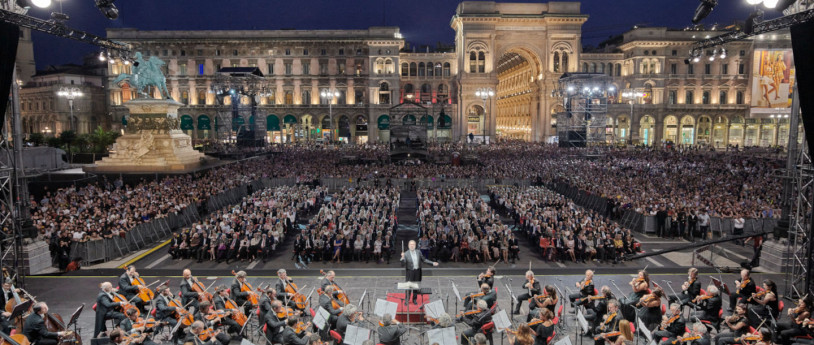- Food & Wine
Eating in Val Sabbia
The authentic taste of Val Sabbian cuisine
Simple ingredients with exquisite flavours: this is the magical transformation typical of Val Sabbian cuisine, a vast pre-alpine area located in the eastern part of the Province of Brescia.
The landscape is never rugged, but gentle and pleasant, full of woods and water - the lively Chiese river flows through here to Lake Idro, one of the highest lakes in Italy - reflecting the rich variety of natural produce in this area. The animals are fed on grass from the mountain pastures and yield rich milk, used for cheeses made using ancient cheese-making techniques, like the Bagoss di Bagolino, Slow Food Presidium.
With this in mind, you won't be able to resist sampling one of the many simple, authentic and delicious dishes of this region - you could even try cooking them at home.
For starters (and more!), Peverada
When you taste Peverada, a typical side dish originally made by Val Sabbian farmers, the intense flavour of this sauce, made with three "poor" ingredients: breadcrumbs, Grana cheese and meat stock, will surprise you. Peverada is very easy to make yourself: first you mix the dry ingredients together, the bread and cheese, then you slowly add boiling meat stock, until you have a smooth, creamy sauce which you can season with salt and pepper to taste. It can be enjoyed on its own as a starter, spread on toasted bread croutons, or served with boiled meat or boiled sausage like Dos di Bione, a salami with a very strong taste, similar to speck.
"Wild" risotto with hop shoots
In the Brescian dialect, hop shoots are called loertis, a climbing spring vegetable that grows abundantly in the local meadows, hills and woods and is a little like asparagus. This wild plant is so common in the valley that a festival dedicated to it is held annually in Castel Mella. How do you eat it? The shoots are cooked in side dishes, added to tasty omelettes and they are delicious in risotto.
The secret with the risotto is to really bring out the slightly bitter taste of the hops by adding the coarsely cut loertis ten minutes before the end of cooking. A knob of butter and some grated Parmesan cheese are enough to tame its wild side!
-
PHOTO: VALLESABBIA.INFO
And now, the king of Val Sabbian cuisine: ladies and gentlemen, we present the spit roast!
If not the king, then at least a high-ranking gastronomic ambassador for Val Sabbian cuisine, the spit roast is a must on the menu of any good restaurant or trattoria in the valley. One of the most popular local dishes, it owes its success to the quality and flavour of the excellent local meat.
If meat is your thing, you can't go wrong with a Val Sabbia spit roast: the only vegetables allowed are sage leaves to add flavour and a few potatoes, indulge in a feast of pork loin and coppa rolled into momboi (small bacon-filled rolls), cutlets, thighs, chicken breast and wings, rabbit and until recently, game birds.
The roasts alternate succulent pieces of meat carefully cut and seasoned with melted butter, home-made of course, throughout the cooking process. Traditionally, the meat is roasted slowly over an open fire or barbecue (for between 4 to 6 hours), on an iron spit, after resting it overnight, then since it is completely dry, it cooks perfectly.
The original recipe uses long-burning embers of aromatic woods: juniper, ash, downy oak, hazelnut, beech. And tradition is taken very seriously: Serle, a small town in the Mountain Community, obtained De.Co. (Denominazione Comunale) certification in 2010 for its spit roast, which absolutely must be prepared following the recipe and method handed down from generation to generation.
Eating a spit roast in Val Sabbia is often enjoyed with friends, from spring to early autumn, preferably outdoors, in one of the many restaurants in the valley. Once cooked, the meat - reddish-brown in colour and surrounded by a crispy crust protecting the tender meat inside - is removed from the spit and brought to the table, where it is served in large ceramic or steel bowls that keep it warm.
For the ultimate culinary experience, order polenta to go with your spit roast, with a liberal portion of the sauce poured over, namely the melted butter left over at the end, packed full of flavour.
For the perfect finish: biscuits and tarts
Flour, milk, sugar, eggs, butter and a dash of sweet liqueur are the simple ingredients of these light desserts that round off the valley menu perfectly. The crunchy, crispy biscotto bresciano brings back the flavours of childhood and is also excellent dipped in milk for breakfast. These biscuits are actually baked twice, the first time cooks them to perfection and the second time, after a short rest, dries them out and turns them a beautiful golden colour.
A tip to bring out the rustic flavour of the flour? Serve it with a traditional elixir of wild herbs, gathered by hand in the mountains: a speciality of Bagolino.
It's impossible to leave the table without trying a slice of local tart, a delicious dessert that combines two superb ingredients from the valley: butter from the mountain pastures and fruit that grows in the rich and fertile soil of this area. The main focus is on forest fruits, which are used to make delicious raspberry, currant, elderberry, strawberry, rosehip and jujube jams, to be enjoyed on bread or in desserts. But also peaches and apples too. And finally, quince: sliced and served with cheese, quinces are another favourite local delicacy.
